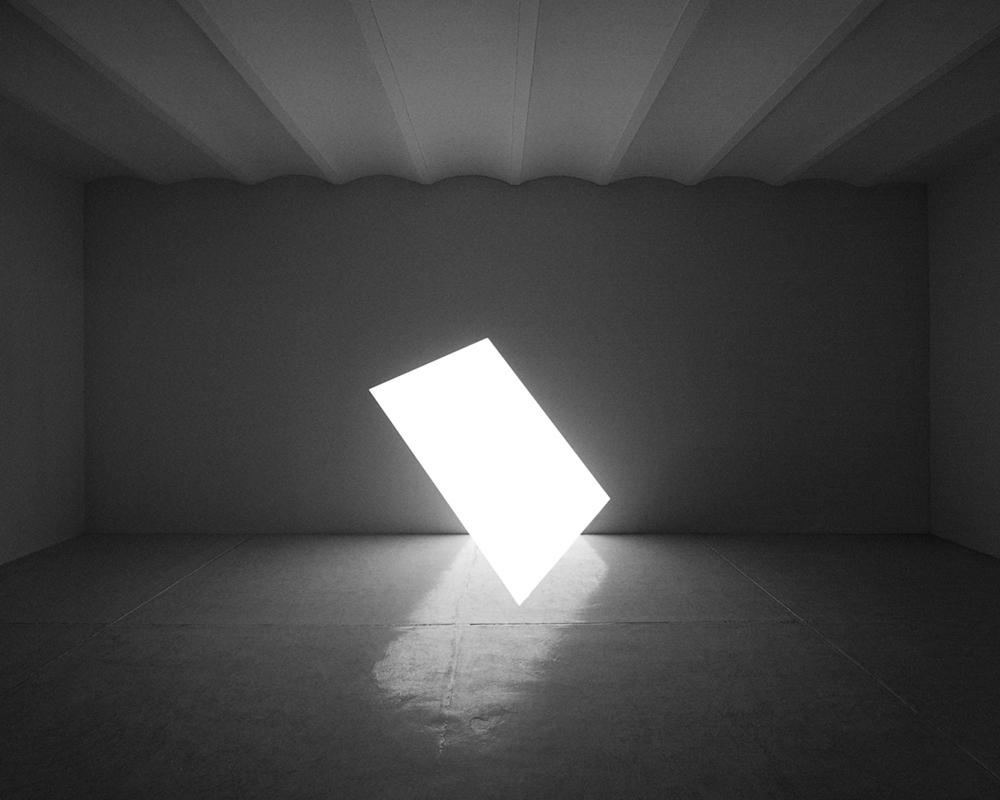Aspects beyond the confined existance

-
PrizeSilver in Architecture/Industrial
-
PhotographerFülöp Schmal
Photography is essentially a means of documentation which serves as a tool for mapping the visible and tangible world. Looking at it from a historical perspective, however, it has been proved that photography is equally capable of producing delusory visions. In this case, the spectacle was created by an analogue (not digital) trick. Squares produced by projectors appear on different surfaces (walls, blacktop, etc.), when these light formations become overexposed and burn out they produce the illusion as if real planes were floating in the space. To that end, however, the squares must fit geometrically to the space, suiting to the perspective. I found this technique incidentally. This is a trick which is based on unwitting mistakes. 01. Take a look at an object which is familiar to you. You know right away what you can expect from it; you can orient yourself in its present; you know what are the dos and don’ts as well as where other things can be found. The world seems familiar. Now, watch more that object, but turn your attention to the process and examine how you view this object. This is reflexion. It reveals the perspective nature of seeing, which is always a relation between an object and a particular point of view. The classical technique of imaging is based on this relation. However, would it be possible to detach the object from the viewpoint? Is there such an object which is not attached to a particular viewpoint? Or the other way around: is there such a thing as pure seeing, or consciousness without an object? The first set of questions examines the possibility of pure objectivity, while the second set investigates the criteria of pure subjectivity. But what if this question is based on a false dichotomy? What if there is a third alternative, namely, the relation itself — without an object or a subject? This would be the problem of a self–existent perspective. The pure form of perspective in the focus of the research is a projection, which does not come from anywhere. If such a self–existent, pure perspective existed, that would neither be an absolute viewpoint, outside the world, nor a constrained subjectivity, in the world, rather a passage between the two. A way out from the well–known world. 02. The core idea of classical physics — stretching back to Plato — contends that what really exists is absolute, independent of coordinates and invariant regarding the transformation of viewpoints. All what is connected to an observer is only a segment of reality; it is perspective, a perplexing anthropomorphic remnant. The task of physics is to construct the existent from these segments. However, quantum physics foiled this endeavour. It does not refer to real attributes; instead it focuses on measurable quantities, the ways in which things appear to the observer. These quantities cannot be understood as perspectives of an underlying reality. But then are perspectives the reality itself? 03. Understanding built spaces is a process as much as creating them. It takes time and requires movement until built spaces reveal themselves. All our senses are involved in this complex process. The experience starts off and returns to our body. We soon recognise the structured characteristics of the wall–bounded space which, by the end, becomes a personal and specific place. It is not certain whether a new place can become a warm environment for us, but if we understand its foreignness, at least, we will not be strangers there anymore. During this process we can find a particular spot or a direction, where the space does no longer appear to be closed and self–contained. It opens up; a threshold is found: the space of solitary dreariness becomes the place of dialogue. texts by dániel schmal (01) gábor szabó (02) gergely hartmann (03)






